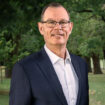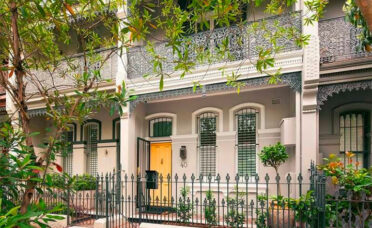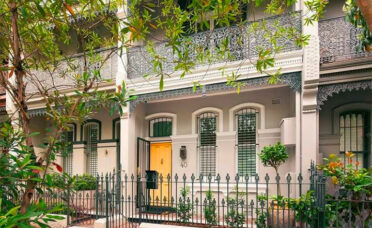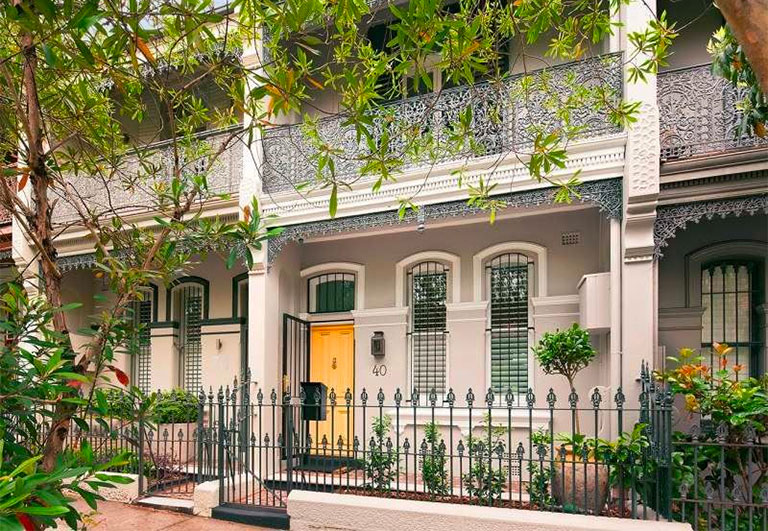
The increased media noise of the last quarter led many to believe that the property market is in great peril, with economists quoted as expecting up to 25% reductions by mid-2023. But is a price reduction in housing necessarily bad?
Firstly, these comments were broad-sweeping and not suburb specific. Secondly, the market expanded so dramatically over the past three years that cycles dictate an eventual reverse, so this downturn should not have been unexpected. There are always reasons that the market fluctuates, it is never random. Changes to bank serviceability and lending legislation four years ago resulted in a Sydney market slowdown and price reduction by 5-10%. This time around the tipping point was a combination of increased interest rates and too much supply with too little demand. The FOMO sentiment experienced during Covid was replaced with a pulling back as unsustainable prices stretched beyond the family budget.
The effect of the predicted downward trend on different sectors –
1. New Family Home Owners – Buyers who invested at the beginning of the upturn or during the peak last year. Though if they intend to hold their property for many years, the value of the property is not relevant. Banks do not value property annually and, if the value drops lower than purchase price in a few years, they do not make a margin call and ask for the loan to be reduced. There is a high level of buyer remorse at having invested into the market when prices were skyrocketing, instead of at the beginning of this current downturn, or even over the coming year if prices continue to reduce below their purchase price. The fact is that if they were to sell they would make a loss in some suburbs, but as a home owner the intent is generally a medium to long term hold. They may be left feeling that they paid too much and interest rate rises would have a lower impact if they had paid less in the future, though the banks added additional interest to the serviceability calculation to ensure there was a buffer.
2. Long Term Home and Investment Property Owners – Buyers not intending to sell their long held homes in the unforeseen future are not affected by reduction in their homes value as they are not intending to sell. Higher property prices help their Loan Value Ratio ( LVR) and ability to borrow more for additional purchases, so there is a secondary impact. The flip side is they can borrow less as their home is worth less, however, their next purchase will cost less.
3. Renovate and Sell For Profit Investors – This group is markedly affected. If the property was purchased near the peak, with the increased building costs across the board over the past 2 years combined with a weaker market at selling time, this group would be watching prices very carefully. Buying to ‘flick for profit’ is difficult in a falling market. If the current reductions continue there are buying opportunities, though they come with the difficulty of correctly predicting the highs and lows of the market.
4. Urgent Sales – Those forced to sell due to death or divorce may rue not selling in October last year. Unforeseen circumstances unfortunately cannot be planned around the property cycle.
5. Upsizers – This sector benefit in a falling market as the fall in their cheaper home in a dollar sense is less than the fall and subsequent discount they receive in buying the upgraded property. Assuming the market falls as a percentage uniformly across the 2 properties. Downsizers on the other hand mathematically lose out.
Working in the Eastern Suburbs as a Buyers Agent this quarter, there was a strong sense that parts of this market were bucking the reduction trend and holding or, in some cases, still slowly increasing. Clearance rates were reportedly low in the media but this did not take into account the large number of properties in the East that sold prior to auction. Nor did it include negotiations post auction or the large number of off market property purchases that never went to auction.
There seem to be less attendees at the open for inspections, with more follow up from Agents. A clear delineation was apparent between the time on market and price achieved for high quality desirable properties, versus the more vanilla properties that presented well but did not have the rarity factor, competing with numerous similar properties on the market at the same time. These higher quality properties sold quickly and continued to attract high prices, in direct conflict with the downturn in prices that the media reported. For example, an $8m unit in the Horizon in Darlinghurst achieved a record price for the building, but due to its size of 224m and premium aspect and view, still presented good value for the investment. It was off market for many months and eventually sold without being presented on market via the normal on line portals such as domain.com.au
Difficult to sell properties that were selling quickly last year languished this quarter, or were ‘rested’ by agents keen to identify a fresh cohort of buyers in the near future to inspect. Days on market increased for these types of properties.
After a very wet winter, anecdotal evidence from Agents working in the Paddington area showed that appraisals were down, which reflected in the number of properties sold this year thus far. The normal trend is for the start of Spring to show an increase in properties, with late October the peak time for number of properties on the market. Numbers were a long way down, leaving less buyer choice. After the majority of sellers got on board last year’s peak, these changes buffered the price fall due to supply and demand mechanics. Less stock, cashed up buyers and quality properties assisted in maintaining their premium price.
In the East, there was a large downsizing surge as owners of homes for 20-30 years took advantage of the premium prices on offer last year and sold, then were looking for or bought more manageable lock up and leave properties. Most in demand were level access to shops and facilities, no stairs and a large floorplan. In Potts Point and CBD in particular, prices near $45,000/m were achieved. A 127m property at 88/1 Macquarie St just sold in excess of $6m, while a 227m penthouse at 1502/61 Macquarie St sold for around $8m. These prices were higher than most recent sales within the same buildings, showing that momentum still remains for premium and rare properties. Other larger properties in these buildings are currently for sale in excess of $12m, and attracting genuine interest from buyers.
The Eastern Suburbs market was insulated from interest rate increases to a degree, as loan ratios were not as high with a lot of cash buyers and large deposits. However, there are still a percentage of buyers who need to borrow a higher percentage to buy, and as the banks are capping loans they will not be able to spend as much. This will result in less energy and competition at auctions.
The broader market impact remains to be seen, with almost half of all loans that were fixed for two to three years at sub 2% in 2021, changing in August into 5%+ interest rates. Every $1m loan will increase in interest from $18,000 to up to $50,000 pa, an increase of $3,000/m after tax and $6,000/m increase for a $2m loan. These payments will need to come from cash, savings or sales of other assets assuming the Bank of Mum and Dad is no longer open. Interesting times ahead. Many of the September 2021 one-year fixed loans have just come off fixed and could now be above 4% variable. It may merely be a coincidence, but an attractive terrace in Windsor St was bought late 2021 for mid $3ms and sold recently for low $3m, a reduction of 12%. A terrace in the area of Paddington closer to Darlinghurst sold off market for close to $5m a few months ago, and a similar terrace in the same street had a much lower offer knocked back. Quite possibly interest rate increases and loan serviceability changes have resulted in buyers having less to spend.
Many homeowners cannot currently put their property to market and buy elsewhere, having been locked into attractive rates. To sell, Banks would take the current higher rates into account and possibly lend them less than they have borrowed if they sold and rebought as up or downgrade. This may be a short-term reason why properties are not flowing onto the market as they do typically at this time of year.
As the market increased well beyond the media’s reported 25% in the majority of suburbs over the past three years, the long-term impact will likely be approximately a year’s loss of growth. Looking back a decade from now, the line of best fit and average median price will still be positive and relatively in line with the 20-year average. Over time, mathematically speaking, numbers smooth out. It is only in the moment that market fluctuations can feel extreme.
Get in touch with David to find out more about the Eastern Suburbs market, or make an appointment to discuss your requirements and see how we can help you get into your ideal home sooner.
Read more about David Turnbull-
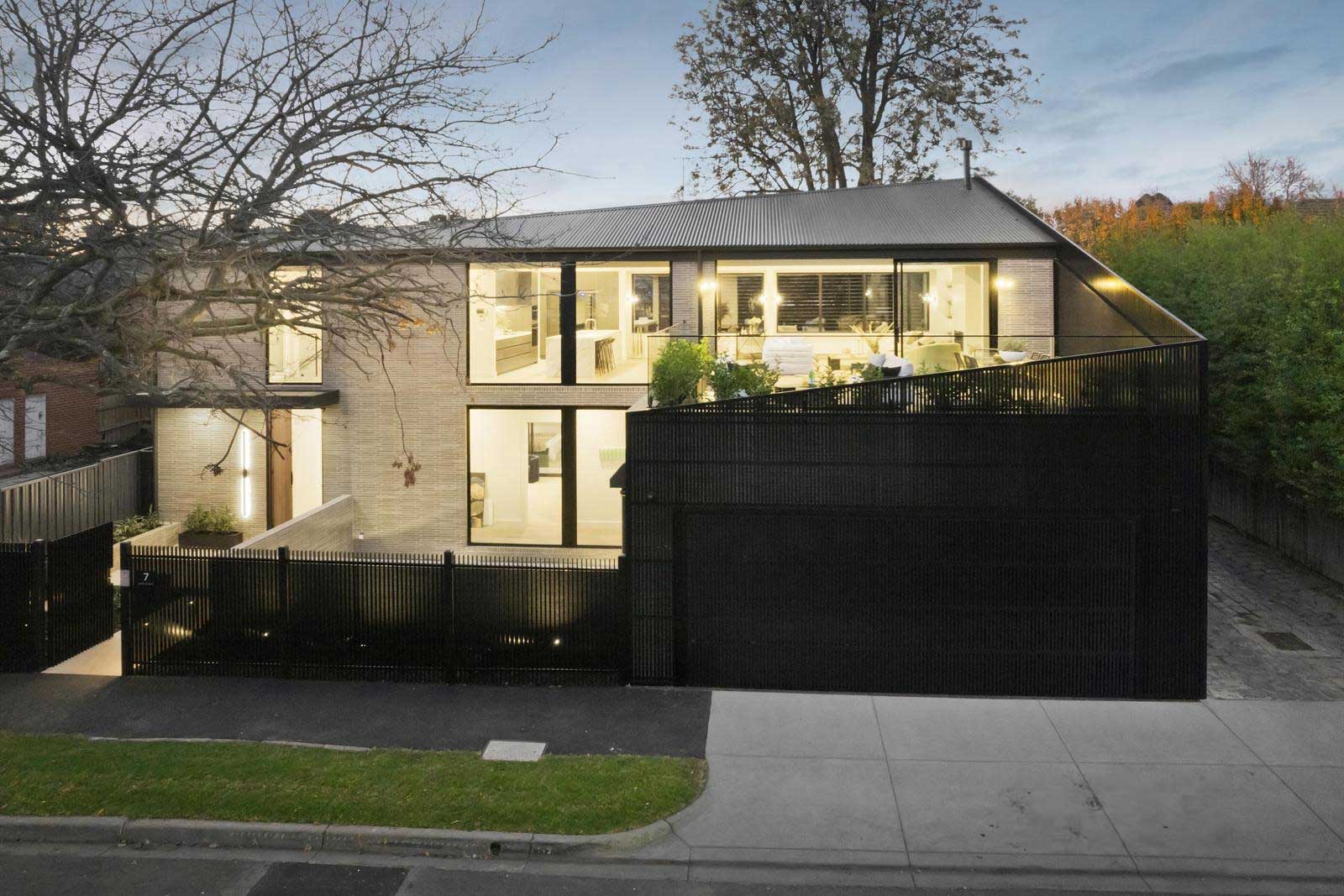 Boroondara – Winter 2024 Market UpdateRead Article
Boroondara – Winter 2024 Market UpdateRead Article -
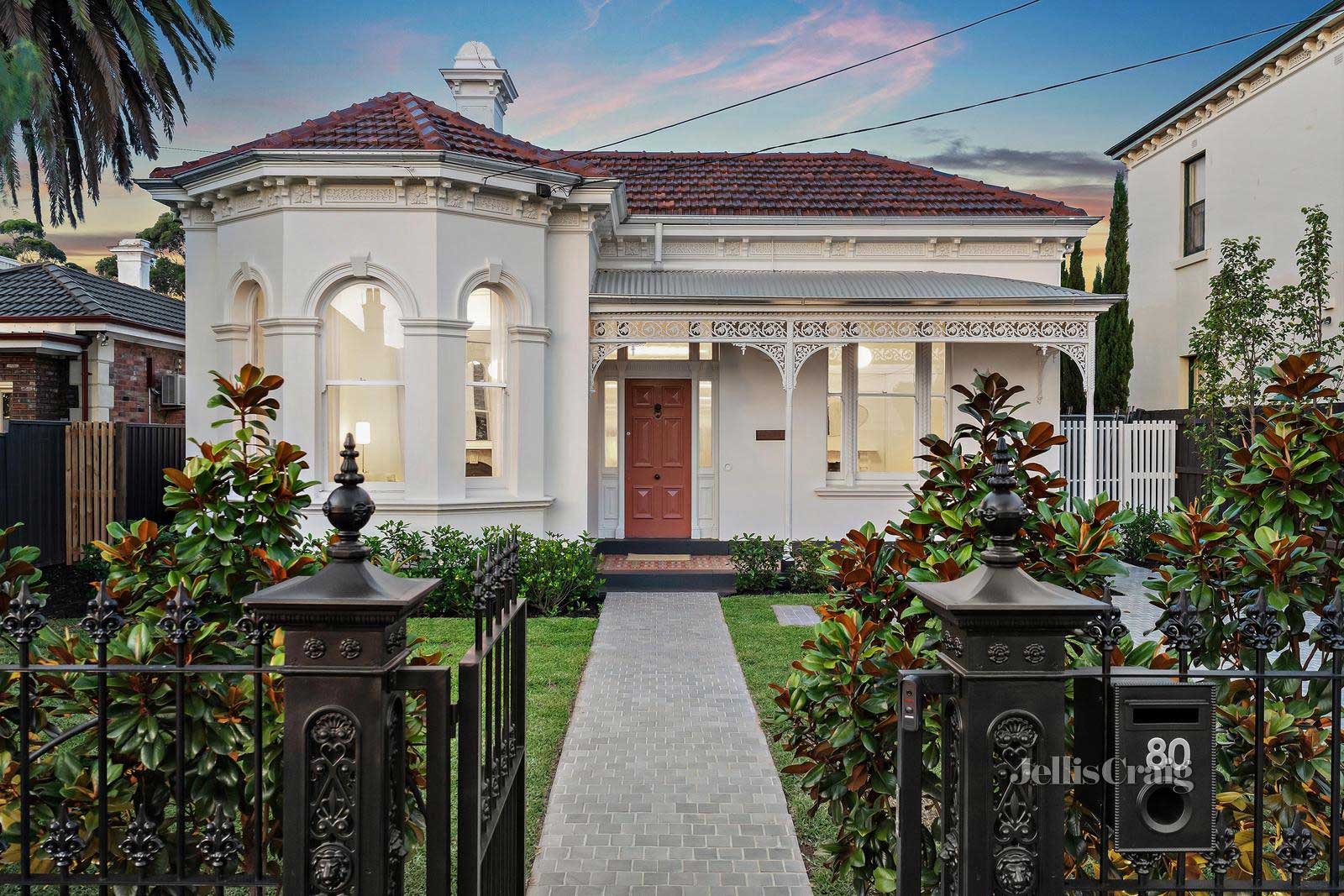 Melbourne Inner North – Winter 2024 UpdateRead Article
Melbourne Inner North – Winter 2024 UpdateRead Article -
 Melbourne Inner West / North – Winter 2024 UpdateRead Article
Melbourne Inner West / North – Winter 2024 UpdateRead Article -
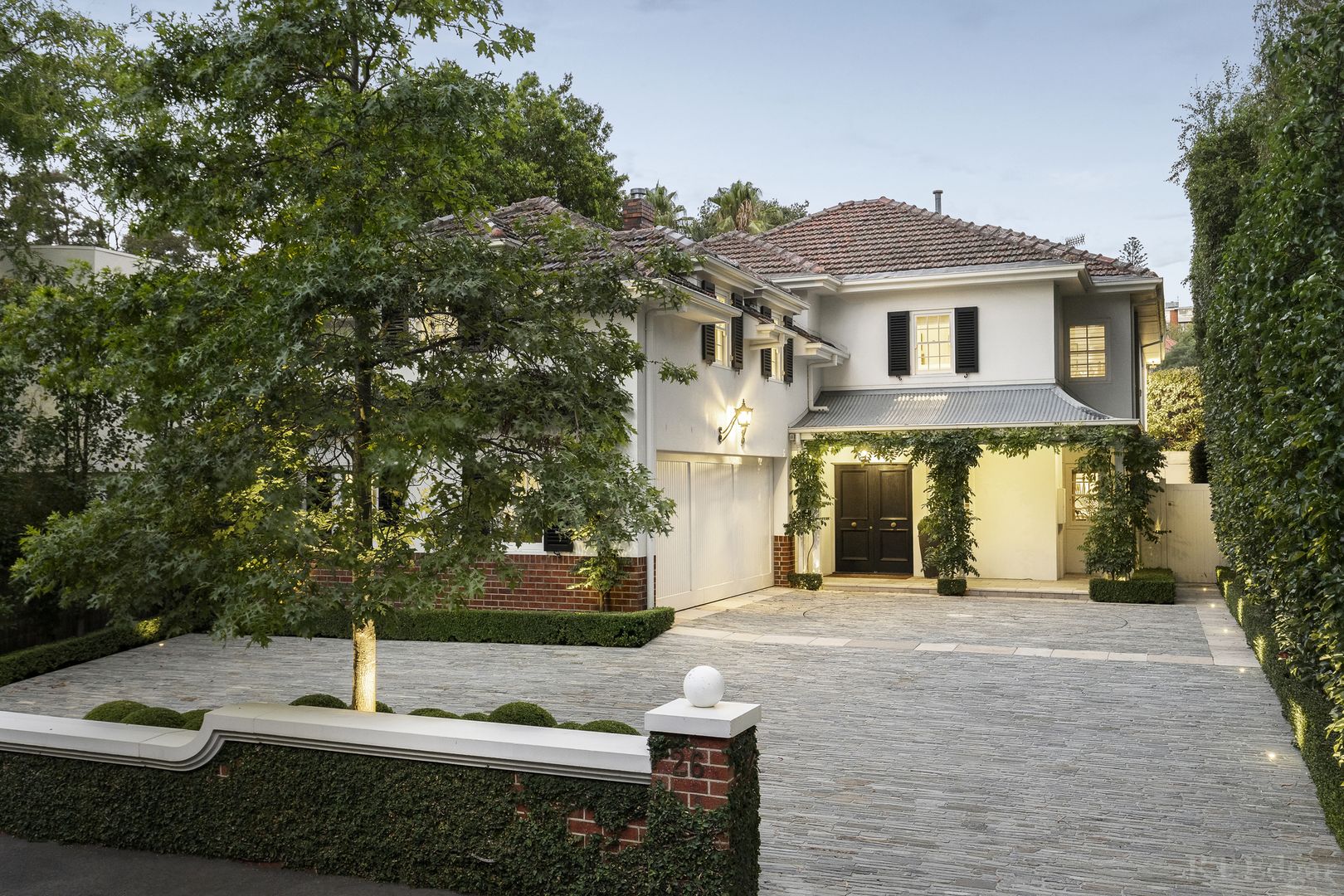 Stonnington – Winter 2024 Market UpdateRead Article
Stonnington – Winter 2024 Market UpdateRead Article -
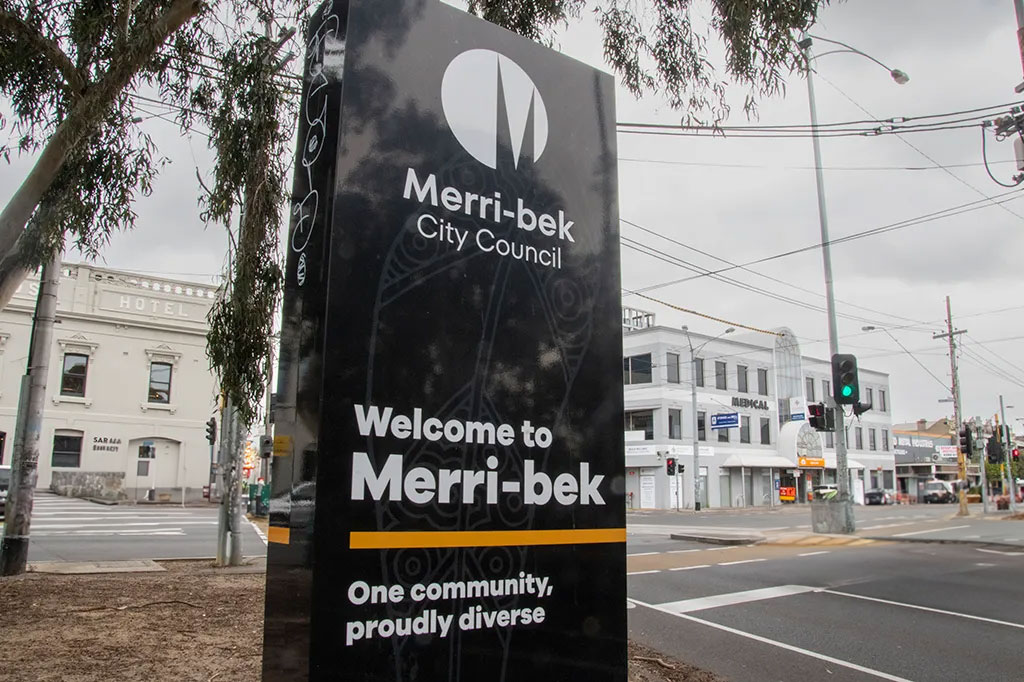 The History of Merri-bekRead Article
The History of Merri-bekRead Article -
 Melbourne Inner North / East – Autumn 2024 UpdateRead Article
Melbourne Inner North / East – Autumn 2024 UpdateRead Article
The first step in your property journey, whether it be buying or selling, is gaining clarity on your situation.
